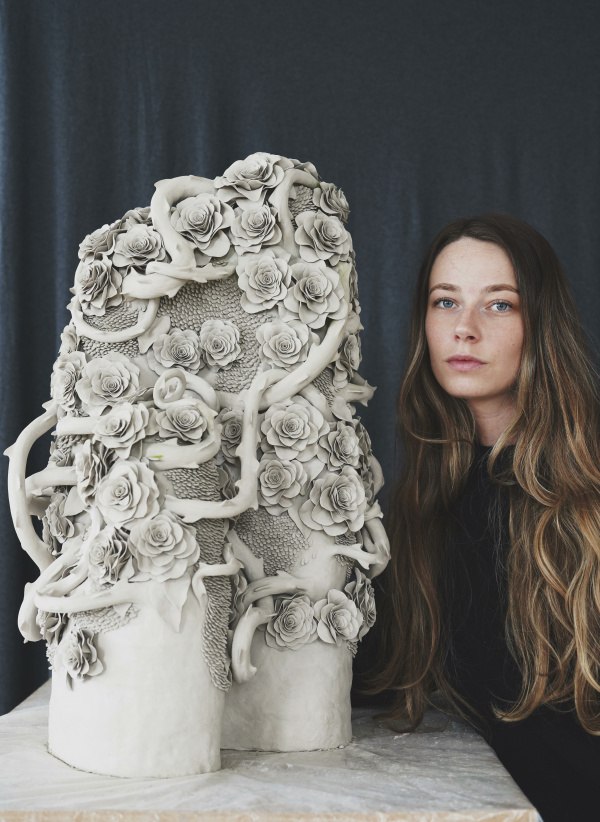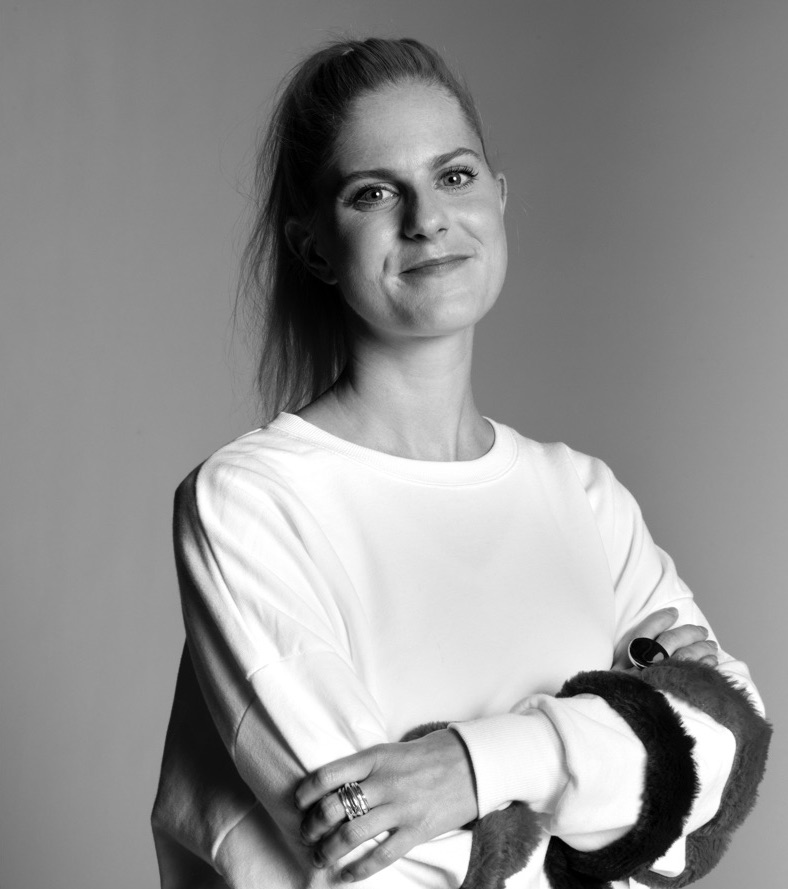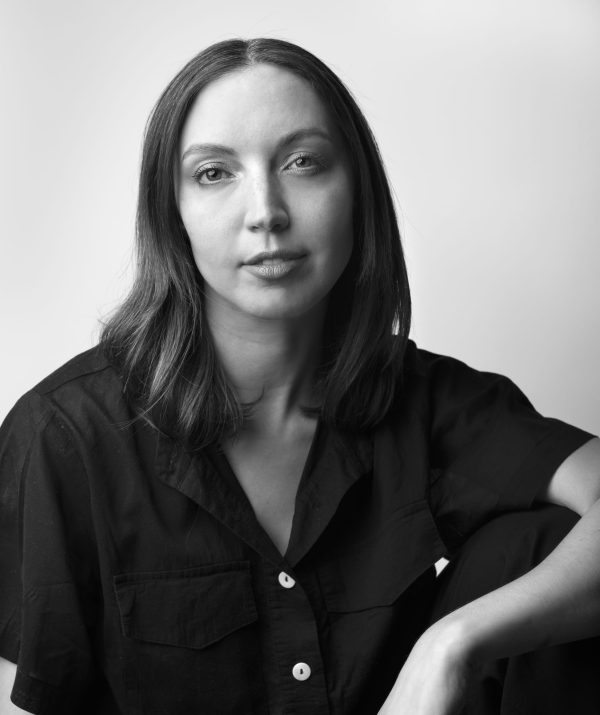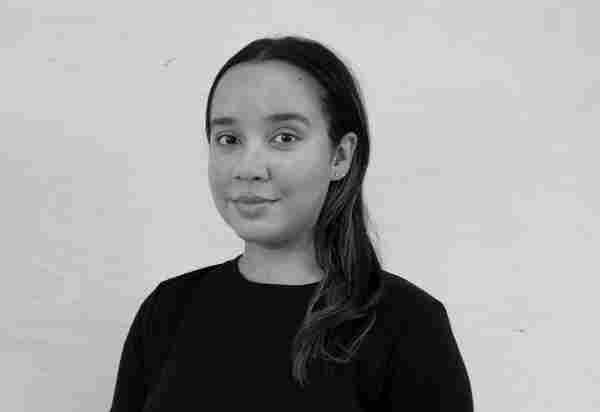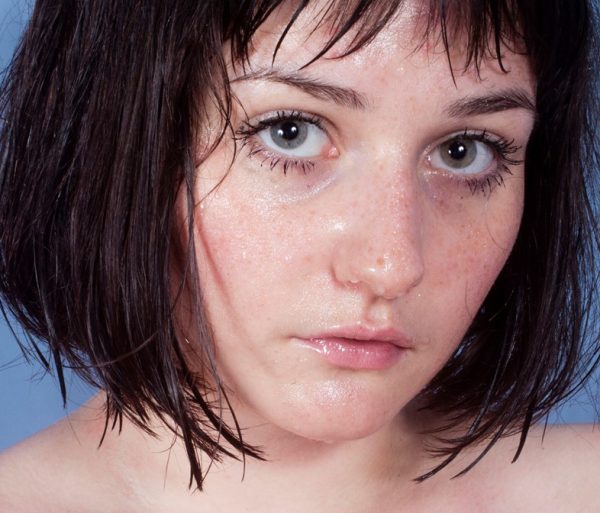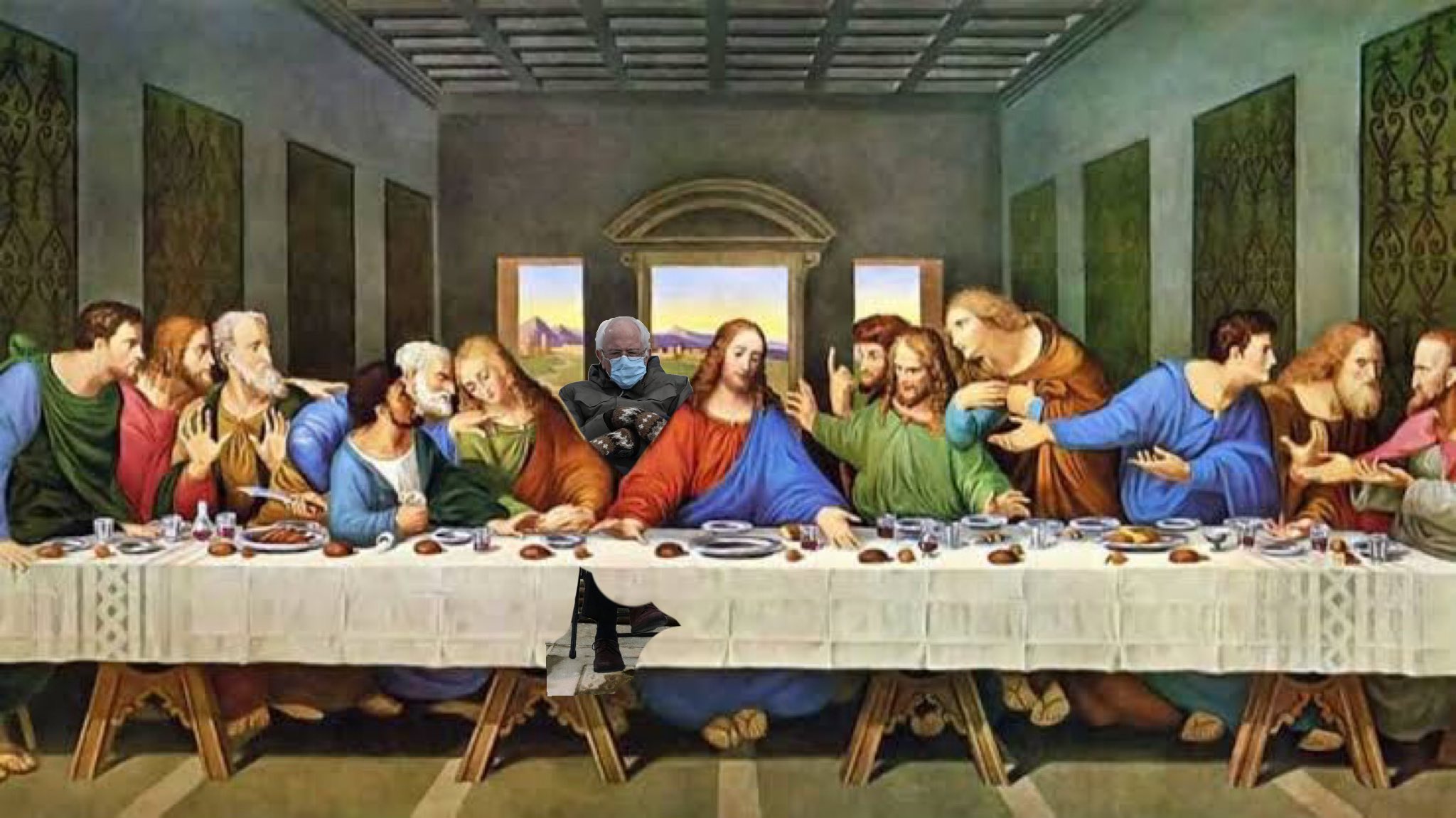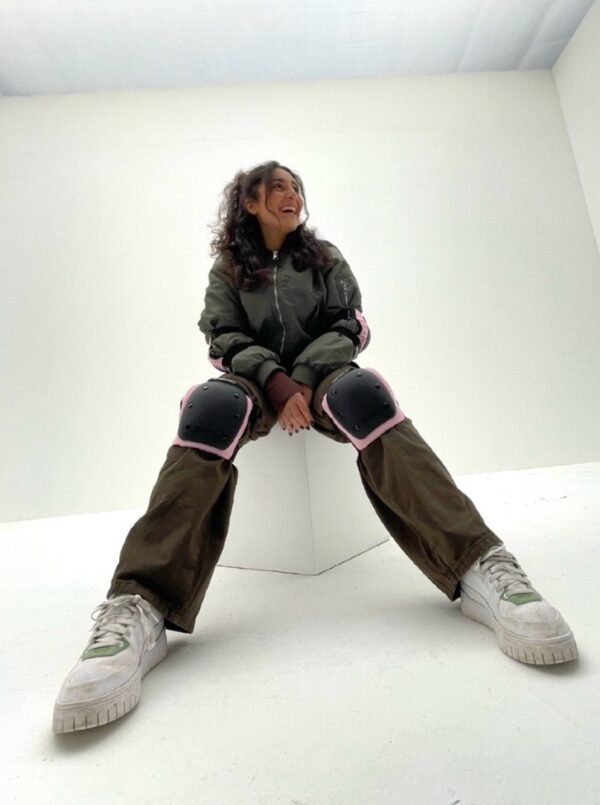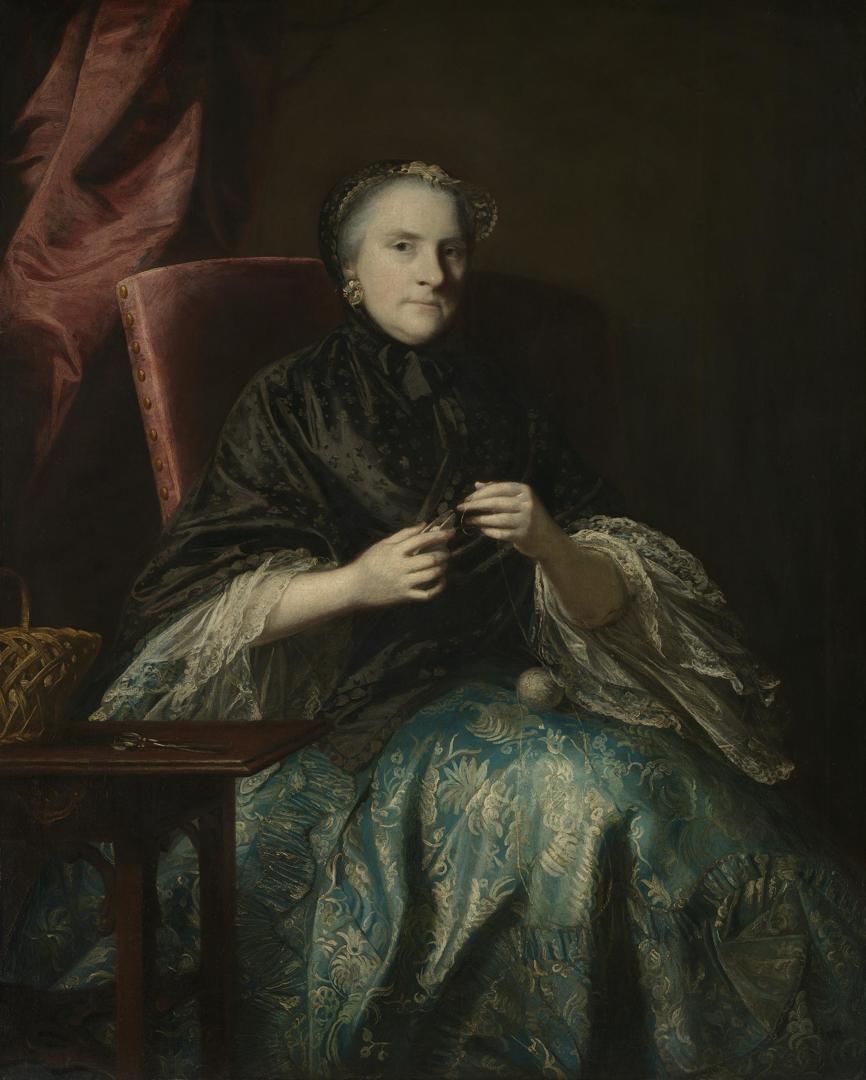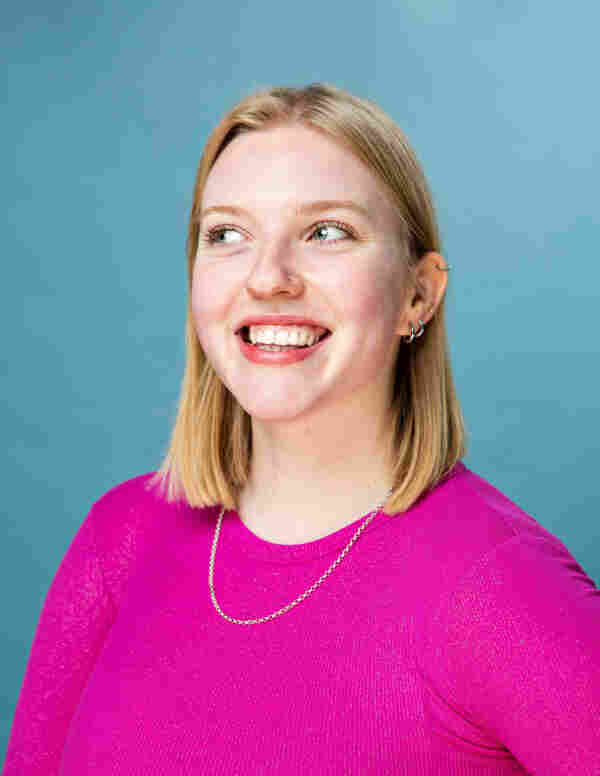Read Time 3 minutes
Reflections on isolation & the self portrait
How does art rise to the occasion in dark times, when hope is needed more than ever? As one lockdown fizzles out but more look set to keep us inside as 2020 drives forward, writer and artist Elska Franzen reflects on a life in isolation, and its impact on creativity …
As I sit writing this, I can’t help but feel disconnected from the reality that drove me out of London only a few months ago. So little changes out here from day-to-day. It seems that old English attitude, the stiff upper lip, remains even in the face of a pandemic. A sense of isolation existed in the countryside long before we were ordered housebound, and with that comes an abundance of self-reflection. Many have taken to creativity as a form of self-expression; a way of dealing with the emotional complexity of isolated living.
There’s a reason that art has been used to face some of the greatest challenges in history. Revolutionary movements have been born out of darkness and discontent, as artists use their craft to fashion hope from hopelessness.
More recently, photography has risen to the challenge. As a tool for sharing human experience; a language between strangers, beyond cultural borders. An art-form we all have access to, the phones in our pockets offer a means of instant documentation. We all have the opportunity to be artists, and therefore we all share the power to create a better future.
We have spent these past weeks in a state of hyper-connectivity, hours spent in front of screens have skyrocketed, and yet the effect it has had on social platforms is strangely wholesome. With so many people going live all over the world, others rekindling and sharing their creativity, apps like Instagram have become more ‘social’ than ever.
One noticeable trend to emerge has been a rise in self-portraiture and the documentation of a life in quarantine. Many photographers have turned their lens inwards as they’ve been forced to explore their craft within the confines of their home or daily walks.
The photography of others has always held power in its ability to translate the experience of many, and so it offers us a poignant way of exploring our own personal experience.
Sophie Mayanne writes alongside images of herself, ‘Somehow it’s easier to view parts of myself and to avoid my entire presence in self-portraits’.
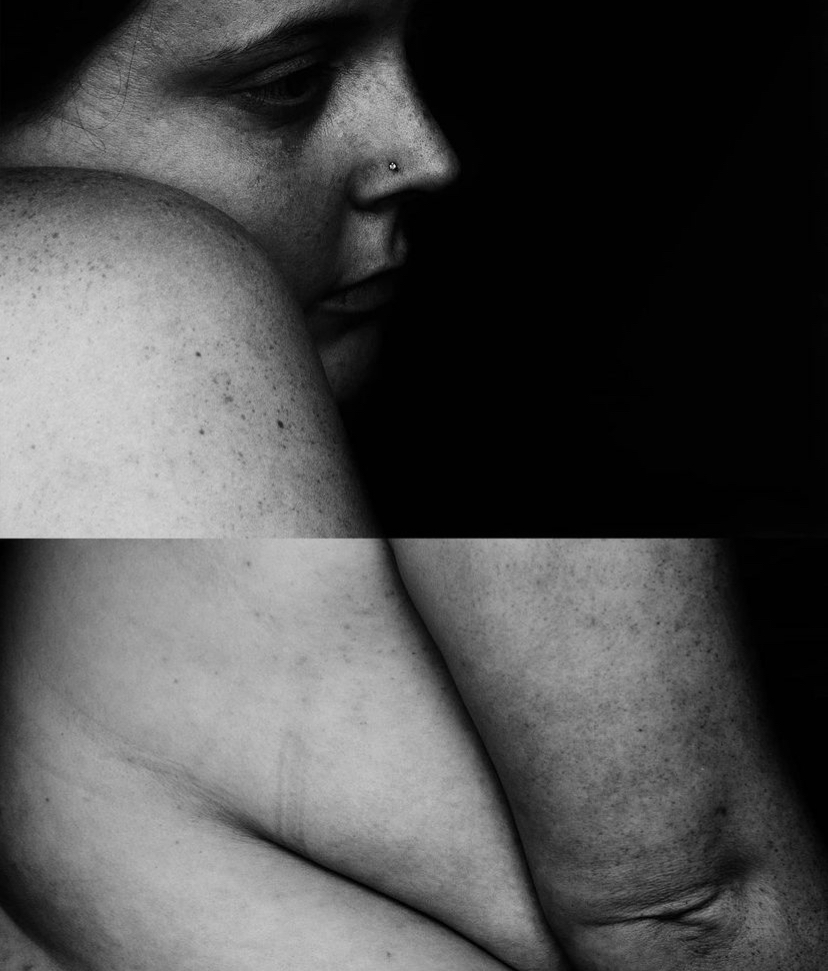
We live in an age that promotes busyness, whilst simultaneously condemning it. And so, it’s unsurprising that when we find ourselves removed from normality, we realise how long we have gone without checking in on ourselves. And essentially that is what a self-portrait is; a way of checking in on ourselves. A way of showing up and saying, ‘this is who I am right now, and this is how I’m feeling’.
Though at first it seemed unlikely, this time has offered a beautiful respite. A collective sigh. So many people have been forced to pause and understand their experiences instead of pushing on without direction. We have time to reconnect with ourselves, our dreams and desires, fears and failings included. Self-portraits are a beautiful tool for doing this. They can ground us, redirect our attention inwards, and keep us present. Be it through photography, written word, or any other medium; the only requirement of a self-portrait is honesty.
We may find that this opportunity never presents itself again. Unless we intentionally seek them out, moments of isolation and reflection are far and few between.
END
subscribe for the latest artist interviews,
historical heronies, or images that made me.
what are you in the mood for?

